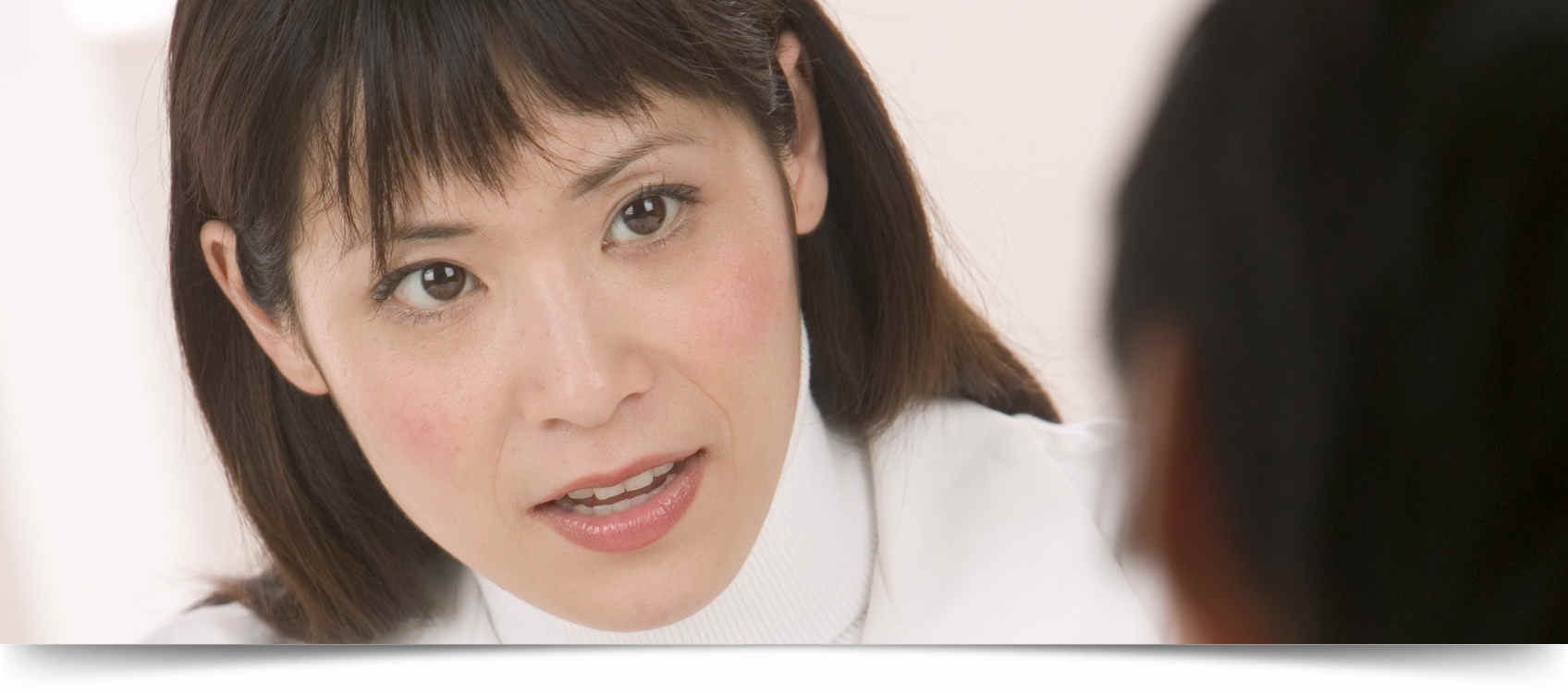
What is Breast Cancer?
Breast cancer is a malignant (cancerous) tumor that starts from abnormal growth of the cells of the breast.
Common types of breast cancers include carcinoma in situ (early stage cancer confined to the place where it started), ductal carcinoma in situ (cancer confined to the ducts of the breasts), lobular carcinoma in situ (condition in the milk-making glands), invasive ductal carcinoma (cancer that starts in a duct, breaks through the wall of the duct, and invades the tissue of the breast or spread to other parts of the body), and invasive lobular carcinoma (cancer that starts in the milk glands and spread to other parts of the body).
Is Breast Cancer Common?
Breast cancer is currently the most common cancer among females in Hong Kong. There are over 2,000 new cases each year in Hong Kong.
According to studies in the US, the chance of developing breast cancer in a woman's lifetime is about 1 in 8. The chance of death from breast cancer is about 1 in 33.
What are the Symptoms of Breast Cancer?
The most common sign of breast cancer is a new lump or mass. A lump that is painless, hard, and has uneven edges is more likely to be cancerous. But some cancers are tender, soft, and rounded.
Other signs of breast cancer include swelling of part of the breast, skin irritation or dimpling, nipple pain or the nipple turning inward, redness or scaliness of the nipple or breast skin, a nipple discharge other than breast milk, and a lump in the underarm area.
What are Risk Factors of Breast Cancer?
The risk factors for breast cancer include:
- Family history: breast cancer in mother, sister, or daughter (especially bilateral or pre-menopausal cancer)
- Genetic mutation
- Previous medical history: endometrial cancer, cancer in other breast
- Menstrual history: early menarche (under age 12), or late menopause (after age 50)
- Reproductive history: nulliparous, or late first pregnancy
How to Screen for Breast Cancer?
An X-ray of the breasts is called a mammogram.
Mammography visualizes the breast to detect small abnormalities that could warn of cancer. Its primary use is to screen for and discover cancers that escape detection by other means such as palpation. Typically, cancers smaller than 1 cm cannot be detected by routine clinical or self-examination. But the prognosis for cure for such small cancers is excellent if detected in this preclinical or presymptomatic phase.
Mammography is the most reliable means of detecting breast cancer before a mass can be palpated. About 35-50% of early breast cancers can be discovered only by mammography. Slowly growing cancers can be identified by mammography at least 2 years before reaching a size detectable by palpation.
Who Needs Breast Cancer Screening?
The American Cancer Society recommends a baseline mammogram for all women at 40 years of age, an annual or biannual mammogram for those 40 to 49 years of age, and a yearly mammogram for those above 50 years of age.
Because of the absence of strong evidence supporting the value of breasts self-examination (BSE), the American Cancer Society no longer recommends monthly BSE beginning at age 20 years. The recommendation is that women be made aware of the potential benefits, limitations, and harms (increased biopsies or false-positive results) associated with BSE.
How is Mammography Done?
During mammography, the breast is pressed between 2 plates to flatten and spread the tissue. The pressure lasts only for a few seconds. Rigorous compression is a brief and uncomfortable but critical step in ensuring a high-quality mammogram. It lowers radiation dose and improves image quality.
Women with painful breasts may refrain from caffeinated foods and beverages (eg. coffee, tea, cola, chocolate) for 5 to 7 days before testing.
Is Mammography Safe?
The low-energy x-ray beam used for mammography is applied to a tightly restricted area and consequently does not produce significant radiation exposure to other areas of the body.
For women over 40 years of age, the benefits of low-dose mammography to find early, curable cancers outweigh possible risks from radiation exposure.
The low level of radiation used for mammograms will not significantly increase the risk of breast cancer either.
What to do with an Abnormal Mammography?
When a mass is detected on a mammogram, additional studies are performed to help differentiate the nature of the mass. These studies may include: special x-ray magnification views of the area in question, "spot" compression views that isolates the suspicious tissue, ultrasound of the area to help differentiate a cystic (fluid-filled) mass from a solid lesion, or biopsy of the mass in question.
About 1 in 10 women who get a mammogram will need more pictures taken, but most of these women do not have breast cancer. So don't be alarmed if this happens to you.
Useful Links
Copyright © 2024 Meditrina Medical Limited. All rights reserved. Disclaimer